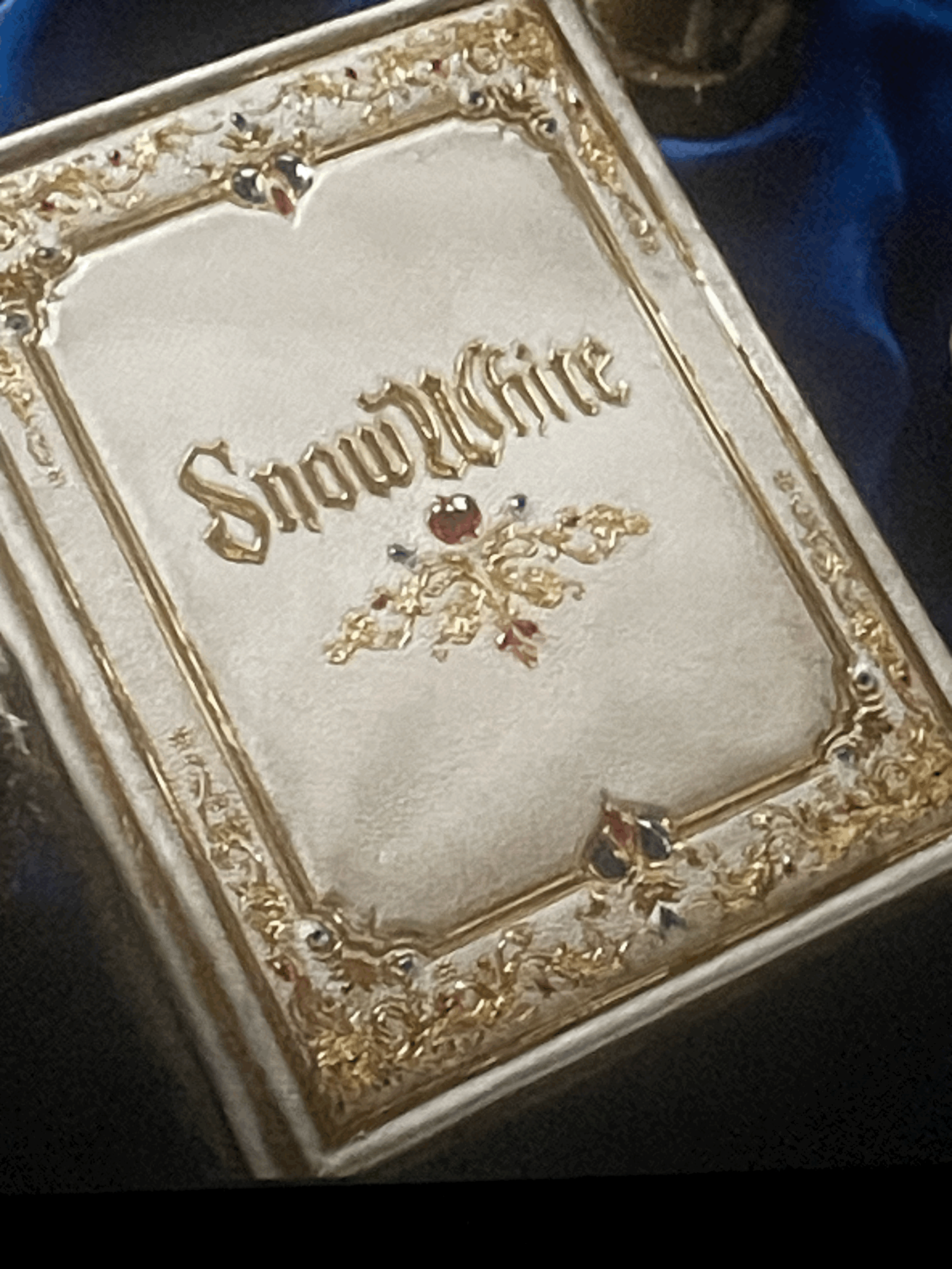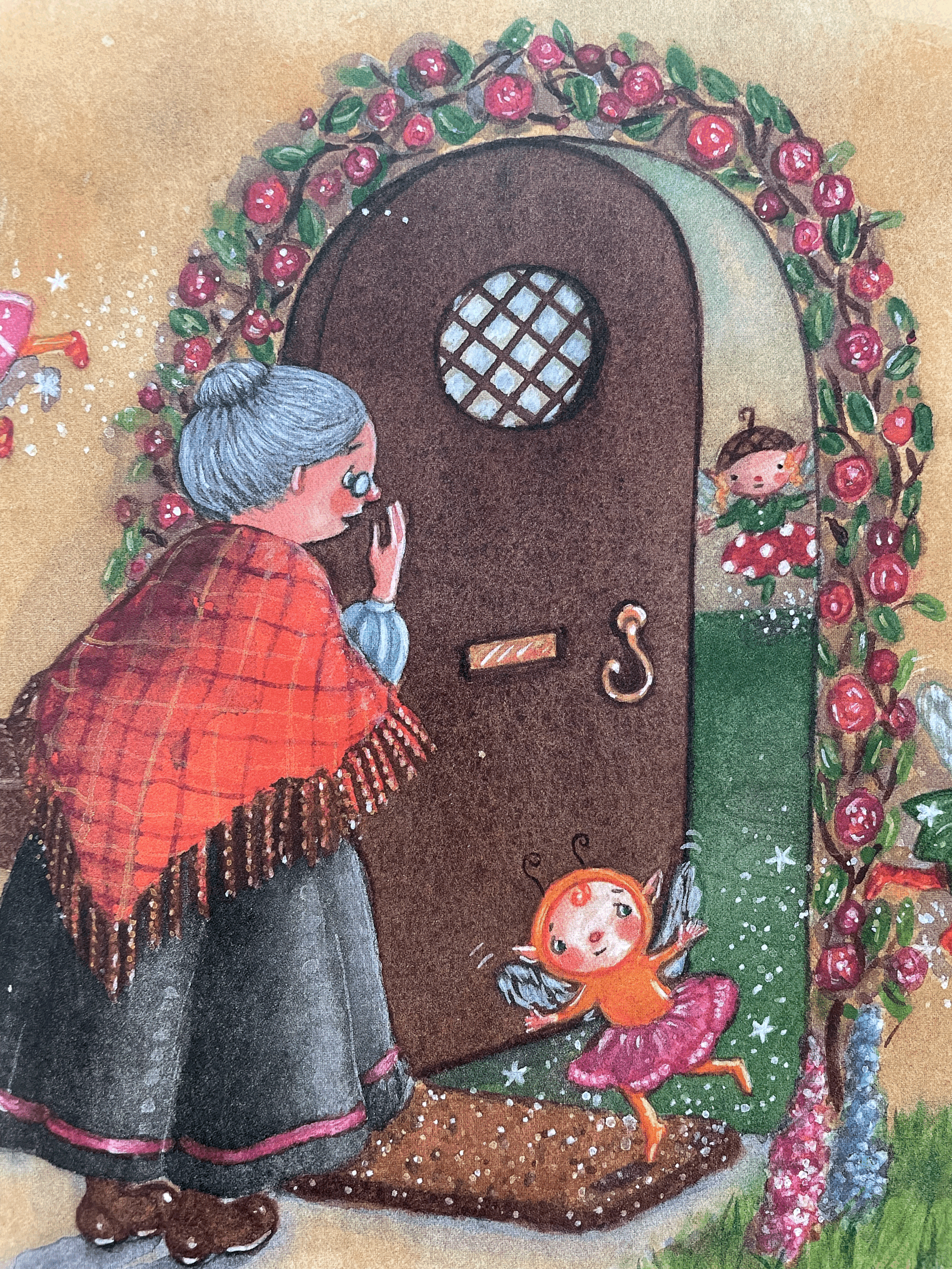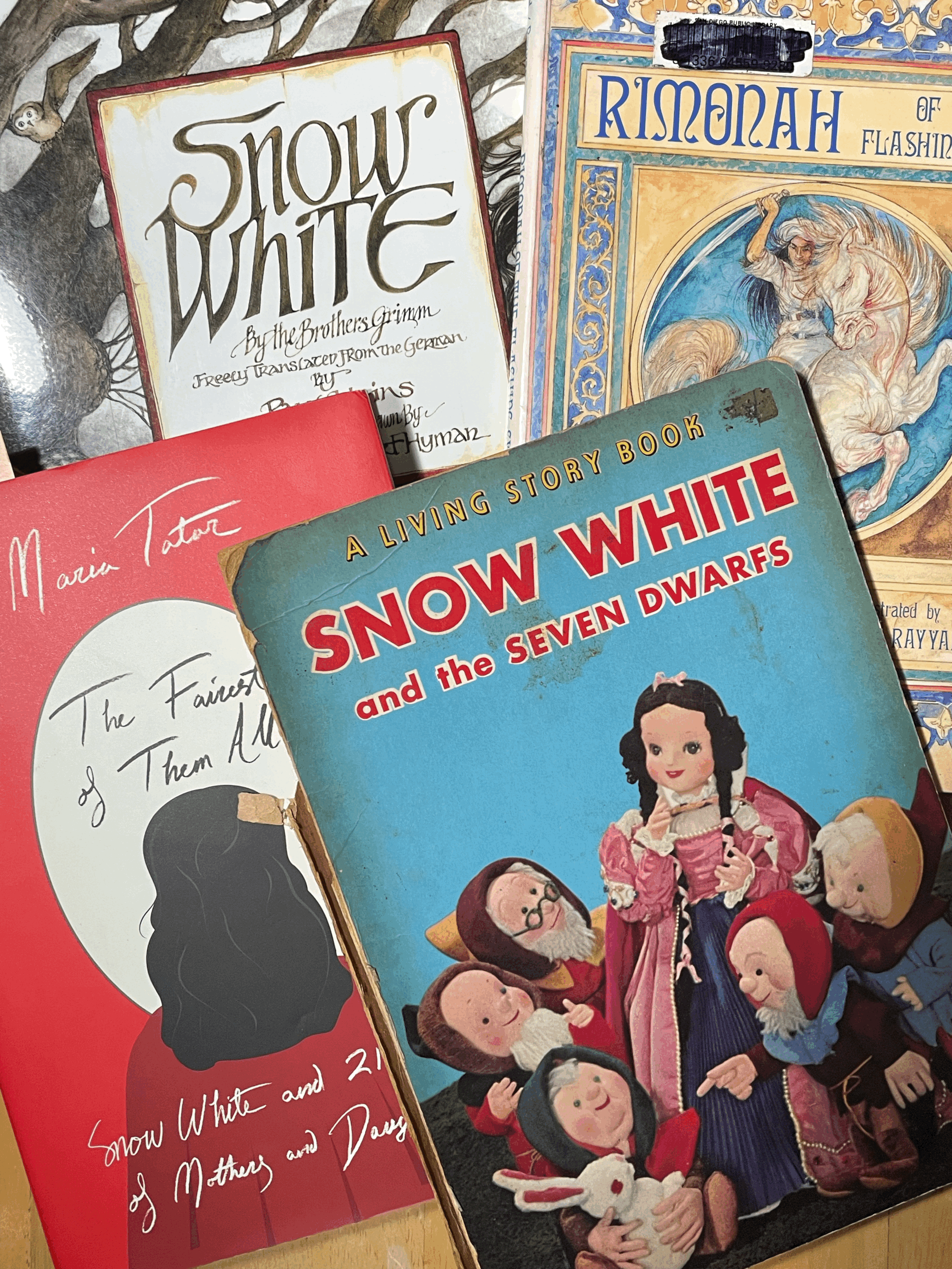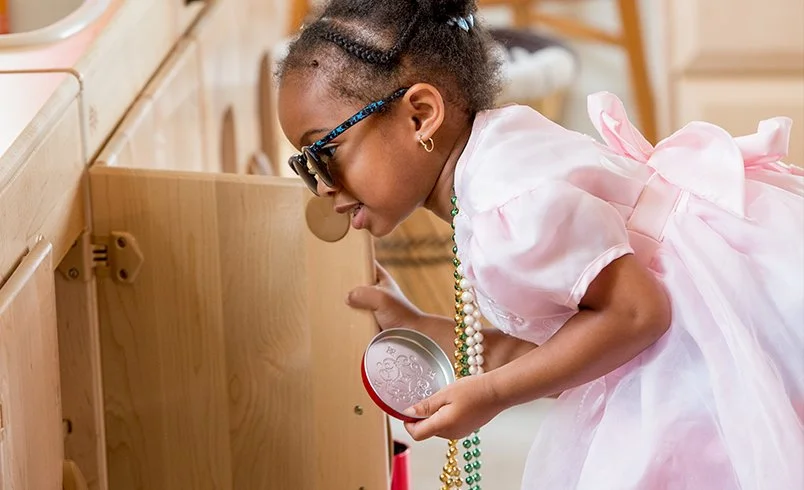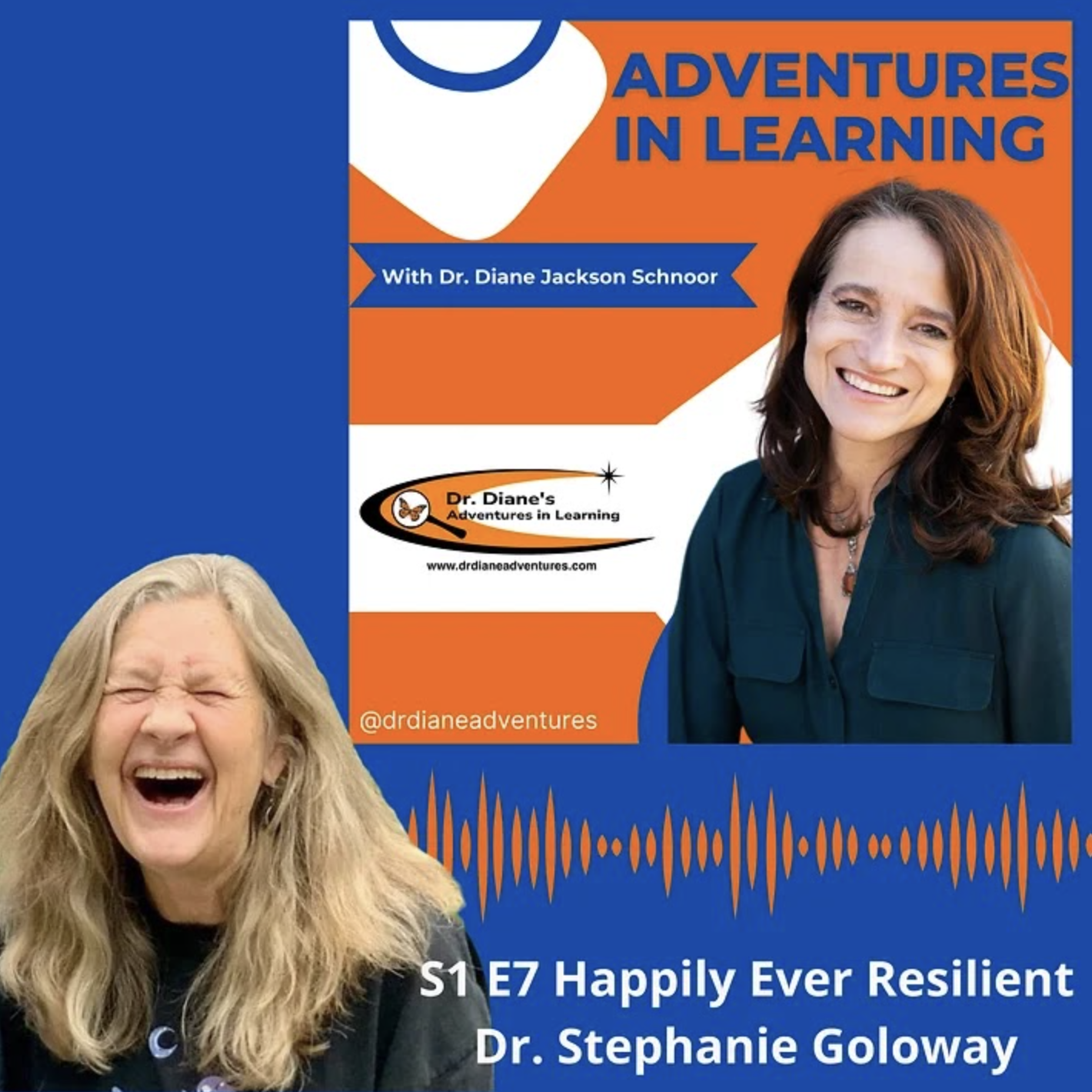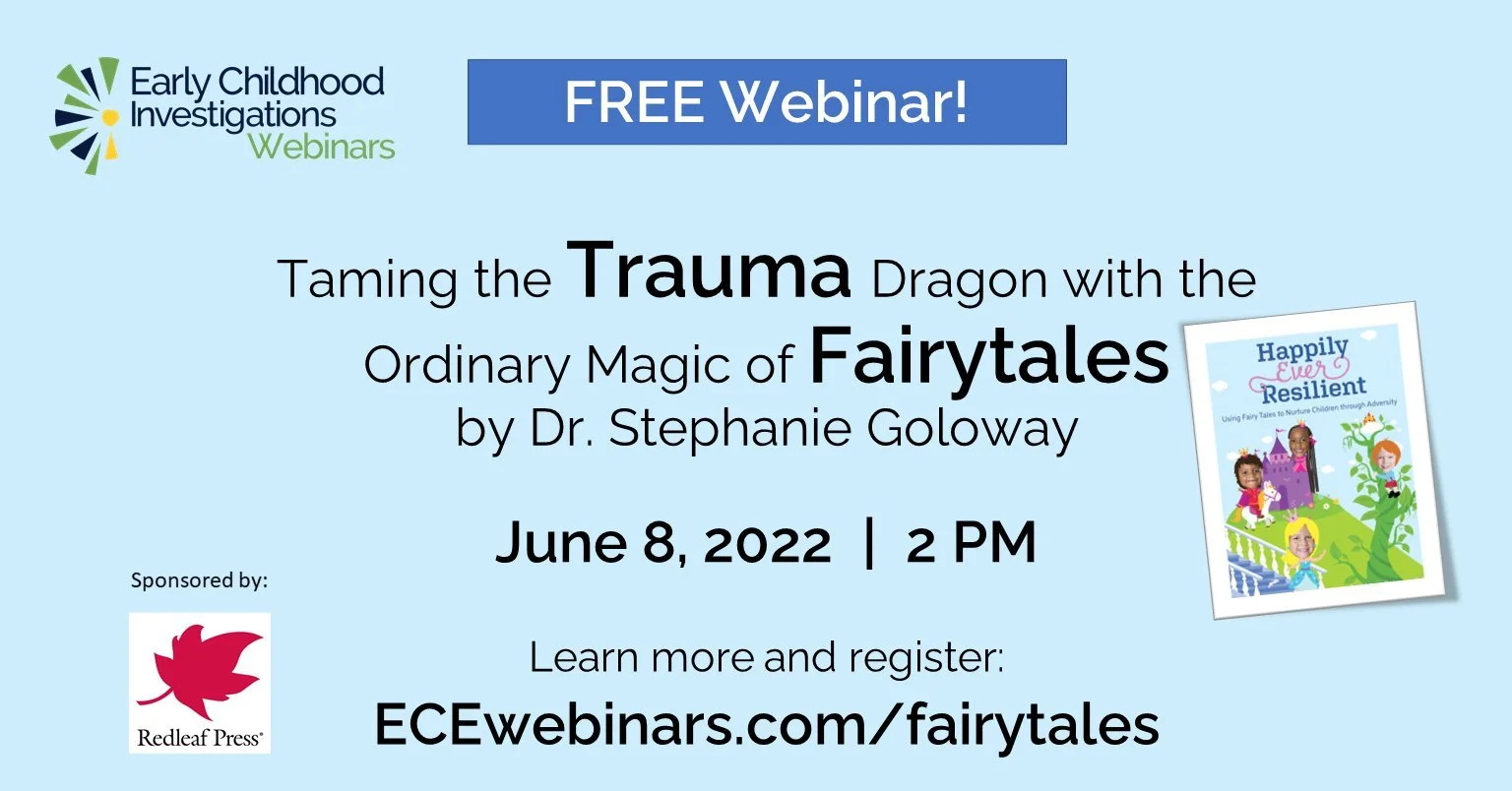
Fairytales and Resilience
When most of us think of fairy tales, we think of the “happily ever afters” they promise. Rarely do people remember that in order to get to that happy ending, there are first dragons to confront, trolls to outsmart, witches to hide from, and mysterious bears and crones in the forest who unexpectedly reward kindness with magic.
It is in the process of overcoming challenge that the themes of resilience in fairy tales reveal themselves, just like in real life!
Here are some examples of how the protective factors for resilience show up in these tales of magic.
Fairytales are rich with all kinds of relationships. including parents, siblings, friends, and those magical helpers who appear right when things seem the most desperate.
While we hiss at Cinderella’s evil stepmother and bratty stepsisters, in many versions of the beloved tale, it is a connection with her birth mother that provides her with the strength to keep going. And, of course: let’s not forget the fairy godmother, who sees her struggles and offers her what she needs to fulfill her wishes (IF she follows the rules: see Self Regulation below!)
And, although lots of sibling rivalry can be found in fairytales, as in life, many offer children a model for how collaboration between brothers and sisters wins the day and defeats the wicked witch. Hansel and Gretel tag team to overcome their captor to escape from the gingerbread house. The sister in The Seven Swans saves her brothers from their enchantment by knitting them shirts out of nettles.
Like Cinderella’s famous fairy godmother, magical helpers abound in fairytales. In Diamonds and Toads, an old woman appears and asks for a drink of water by the well. One daughter is kind and gives it to her, and is rewarded with riches. Her snarly sister comes after the same riches and refuses the old woman’s request… she is rewarded with snakes and toads coming out of her mouth each time she speaks!
The helpers are sometimes human, sometimes animals, and sometimes magical beings. In all cases, however, they function like the non-parental caring adults that support children navigate life’s rough spots by being a constant, and offering advice, solace, and hugs when needed.
The protective factors of initiative and executive functions are the engines of the magic coaches that the heroes and heroines of fairytales drive through their obstacle-ridden quests.
Fairytale plots of filled with action, and it often the youngest, or the most disadvantaged of the characters who has the pluck (i.e. the self-efficacy) to leap in to do what must be done to save the day.
In Jack and the Beanstalk, Jack acts with agency when he makes the executive decision to sell their cow for magic beans, and doesn’t hesitate to climb the beanstalk that appears outside his window the next morning. Several variants of Rapunzel have the heroine come up with the brilliant idea of making a rope of sheets or twine to escape from the tower with the prince after he has been discovered by the ogress.
Most fairytale characters demonstrate the executive function of working memory magnificently! Whether it is one of the hapless heroines who have to sort the lentils from the grain, or Hansel, who methodically collects and then drops white pebbles so they can find their way home: these folks stay focused on the task at hand! Even the simple act of asking for a rose, instead of dresses and jewels in Beauty and the Beast is an example of executive function: she has generated possibilities of things that will be easy for her father to bring back that show she really wants only his love.
Self-regulation is the superpower all young children need, and their favorite fairytale friends demonstrate it over and over again!
Cinderella leaves the ball by midnight, even though she’s having the time of her life. Jack hides silently each visit until the giant falls asleep so he can bring treasures to his mother. The sister in The Seven Swans doesn’t speak for three years in order to break the curse cast upon her brothers.
There are also notable examples of fairytale characters who don’t exhibit self-regulation. Think about how many times Snow White disobeys the dwarves’ warning NOT to talk to anyone while they are gone! As children see these negative examples, they also see the consequences. Watch as they lean forward to warn Snow White to do what she is told when the witch visits the cabin in the woods yet again!
Fairytales are a part of every cultural tradition. Disney has made sure that (diluted, selective) versions of these ancient tales are on every screen and on every store shelf. Images from European versions of the stories infiltrate media, music, social media, and advertising.
Even our language reflects their power in our lives. People refer to “the goose that laid the golden eggs” when talking about an unlikely project resulting in someone’s prosperity. When someone who is poor becomes wealthy, it is called “a Cinderella story.” Men who are sneaky and prey on women’s attentions are sometimes called wolves. And let’s not forget the ever popular saying among teenagers: “You may have to kiss a lot of frogs before you find your prince.”
But beyond all of that, the universality of fairytales means that they can support children from all cultural traditions. There are over 1000 different variants of Cinderella, from almost every culture in the world. Sharing these variants with children offers them a magical kaleidoscope with which to explore the similarities and differences in how people all over the world see relationships, courage, problem-solving, and adventure.
Curated materials from the Resource Hub
The curated resources on this page will guide you on your learning quest!
From the Blog
Why Kids Still Love Fairy Tales
An interview on the International Play Association’s (IPA-USA) Porch Play Chats about fairy tales and resilience, and why fairy tales are like the risky play of children’s literature.
“The Ordinary Magic of Resilience”
“Once upon a time, children laughed gleefully as they chased “dragons” away from their castle on the playground. Princesses tended their babies in the dramatic play area, while Cinderella swept the floor…”
This article on the Community Playthings website highlights how fairy tales can nurture resilience in a play-focused early childhood setting.
Happily Ever Resilient: Adventures in Learning Podcast
STEM/ STEAM expert and fellow multicultural fairy tale enthusiast Dr. Diane Schnoor interviews Stephanie on about fairy tales, resilience, her book, learning standards, wonder, curiosity, play, teaching, her favorite childhood stories, and more!
Free Recorded Webinar: Trauma and Fairy Tales
Join over the 3000 early educators who have watched this hour-long webinar on fairy tales and resilience. Registration is free on the Early Childhood Investigations website, and all handouts are accessible!
